Tropical forests, and a general overview of animal behaviour in the tropical forest.
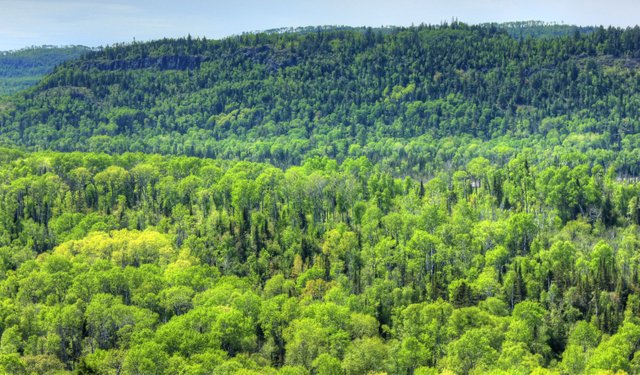
Hello everyone, happy to be here again. I am glad it's a new day.
In this post, I'm going to be discussing the tropical forest, particularly focusing on how life thrives in the tropical forests and some of their common habits and skills they employ to survive.
Tropical forests are forests that are located along the tropical zones of the earth. the tropic zones are areas that lie between the tropics of cancer and the tropics of Capricorn. Tropical forests are characterized by very thick bushes with tall trees filled with a vast variety of life. If you have ever visited North America on vacation, or in some part of the world that is closer to the equator, then you'd agree with me that there are some huge tall trees along the way as you drive by. With their sizes, they are almost impossible to miss. That is an example of how a tropical forest looks like, and this is mostly because, in tropical forests, the atmosphere is just right for plant growth. Thus, we see more plants in the tropics, and there is a very stiff competition between these plants for light and water, which makes plants and trees to grow taller. While some plants succeed in growing taller, some don't get taller than they should, Hence, these ones have to adapt to surviving with little sunlight (since the bigger trees would block a very good amount of sunlight from ever getting to the surface). This makes life in the tropical forest to be characterized not as a whole, but with respect to the level or height where life dwells. We call them the layers of the tropical forest, and they are divided into four (4).

Layers of a tropical forest.
- The first layer is called the Forest floor. It is just about 10m [32ft] above the ground and it consists of shrubs and a lot of other little plants like ferns and flowers that could survive with the extremely little amount of sunlight (shade-tolerant plants). Beneath this layer, the outlook is dark with shrubs, fallen leaves and branches remains of decaying animals, and is home to small bugs and animals. Hence, creating a very rich humus soil that allows for grass to thrive.
- The second layer Is about 20m [65ft] above the ground. It is called the Understory because it is below the canopy and it has a very little amount of sunlight reaching it which is just about 15%. The understory contains very leafy plants that are fairly tolerant to low light.
- The third layer 30m [98ft] above the ground is referred to as the Canopy. It is called the canopy because since light at this point is a bit limited due to the taller trees, large trees grow wide-spreading lateral branches to trap as much rays from the Sun as they can. Hence, there are lots of branches and vines in this layer, which are homes to the bulk of the animals in the rainforest (over 90%). They include trees like dogwood (Cornus spp) and Azaleas (Rhododendrons).
- The fourth layer ranges from about 50m to 75m [164ft - 245ft] above the ground, and it is called the Emergents. Just as the name implies, the emergents are the tallest trees in the tropical forest. The trees at these heights enjoy the most sunlight and CO2. The Kapok tree, for example, is an emergent because it grows up to 50 metres tall. In the tropical rainforest, animals with climbing and flying abilities have more chances of surviving and at this height, the most common ones are the monkeys and birds. This is so because there's a bit more security for breeding in these heights, and competition for food is lesser even though most of the food is below the canopy. Hence, they rarely come beneath to find food, unless when thirsty.
General behavoiur of animals in the tropical forests.
When it comes to animal biodiversity, the tropical forest holds it all than any other parts of the world. In the tropics, there are animals that are as big as antelopes and as well as animals that are as small as ants. Some of these animals have very special features that make them unique. There are spiders that are big and powerful enough to eat birds, there are snakes that can "fly" (glide through air), There are endangered and less endangered animals too. There are the most dangerous animals there, as well as the most harmless animals. There are even strange-looking animals too.
Now let us discuss the general behaviour and activities of the animals found in the tropical forestin terms of how they move, feed, reproduce and communicate.
MOVEMENT IN HEIGHTS.
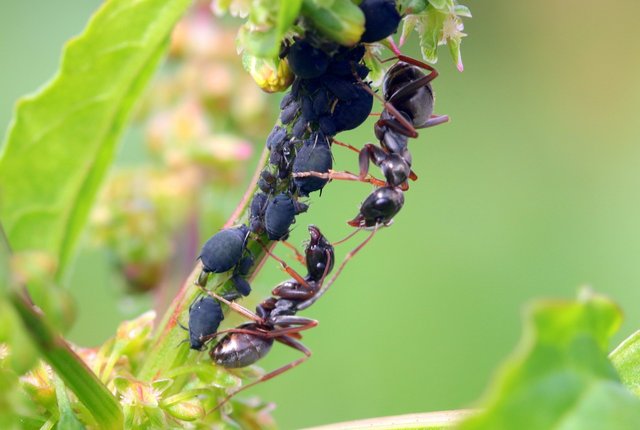
Since tropical forests are mostly filled with tall trees, a lot of the animals in the tropics are tree dwellers and would require good climbing skills to survive if they're to find food. Unless they're the scavengers.
Animals that are small and light-weight do not require any special adaptation skills to enable them to climb. Their light-weight doesn't have too much gravitational pull towards the forest floor, thus it doesn't matter if they are moving vertically or horizontally. However, for larger animals, such as the apes, sloths and other primates, climbing trees requires energy and skills. if they should lose grip of the branches, they may fall down to sustain fractures and injuries, considering the height. They might even die from being battered by branches as they fall. Hence, the need for climbing skills.
While some primates such as the monkeys, move along trees by leaping and climbing through familiar paths, others, like the Gibbons would rather navigate the forests by swinging underneath the branches hand-over-hand This type of movement is known as branchiation.
The birds, insects and other flying animals would usually hover above the trees and swoop in for the catch whenever they find food. That's normal. But there are also other animals whom, over the years have adapted to life in the heights of the tropical forests too. Hence, they have developed features (like streamlined skins and wing-like-tissues that look like flaps) that allow for gliding through air rather than flying itself. Examples of these animals include frogs, squirrels, marsupials and snakes. Gliders are often nocturnal animals.

Communication amongst kind.
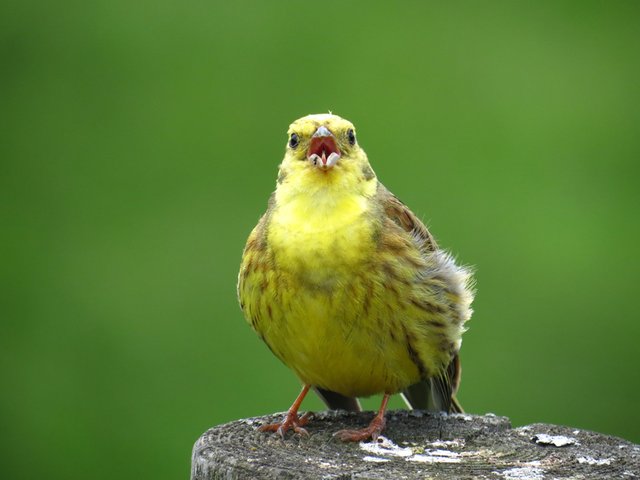
Animals in the tropical forests rely on the sense of hearing and smell to understand their environment better and to stay safe, rather than by sight. This is mostly due to the fact that trees and branches come in the way of sight. Hence, the range of sight is reduced and predators have more vantage positions to hide.
To attract mates and communicate with their kind, animals in the tropics have adapted to a "call and respond" method of communications. For this reason, we find that a good number of the loudest animals in the wild are in the tropical forest. Examples include tree frogs and toads, Bellbirds, parrots, Cicadas, indris
Signalling with sounds sometimes come with consequences too, since they can attract predators to where they are. For this reason, some of the animals that calls out (like the tree frogs) tend to 'pitch' their calls to confuse predators. This pitched call though heard, makes it difficult for predators to get their exact position easily.
Other animals, however, simply depend on scent rather than call and respond which is great, considering the fact that scent is much easier to tract for days. They mark territories and keep in touch with family using the sense of smell.
Also because of the obstruction of sight, animals in the rain forest tend to have very bright and colourful camoflages that match with their environment. These colours also go a long way in convincing predators that they would make a poor/unhealthy meal. The more colourful they are, the more easily they can discern their kind.

Feeding in the Forest.
There is rarely scarcity of food in the tropics because plants are the major source of food, and they produce all year round without season. Since most of the animals are tree dwellers, they rely heavily on fruits, nuts and seeds from these trees. The animals help pollinate the seeds as they move from one tree to the other.
Also, some animals feed on the leaves in the tropical forest. Most of the leaves have toxins that make them unpleasant to eat, and difficult to digest. Hence, insects and other leaf-eating animals tend to eat them at a tender age, before they are mature enough to produce these toxins.
There are also predators that feed on other animals as well, and with all the leaves and trees, the tropical forest provides the perfect cover for predators as well as providing the chance for the perfect camouflages known to nature. Since there are a lot of trees and hiding corners for preys to disappear into, predators stalk rather than chase them down like in the Serengeti. Carnivores in the tropics range from small bugs to snakes to medium sized cats.

Mating and Reproduction.
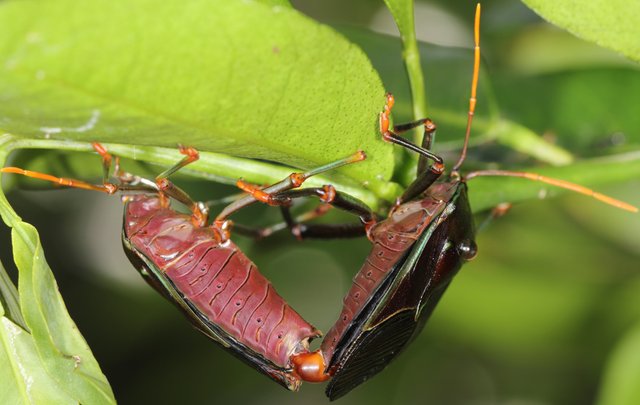
The bright colours in tropical animals make it easier for them to find mates. Most times, the colours on the males are more brighter than that of females. This is because for most of these animals, the males try to attract the female mate, and would often call and perform some certain rituals such as dances and movements that is peculiar to their own kinds. The bright colours make them difficult to miss. The females are mostly attracted to the brightest, loudest and most agile male.
As per reproduction, animals living high up the heights need to employ some adaptative features to breed. Some animals come down to the forest floor to lay eggs while others lay them up there in the canopy. Either way, they are sure to keep them out of sight and from danger. While some animals such as birds start their early life in nests and tree holes, most mammals start life in the open. Monkeys, for example, do not have holes. Instead, they live on tree branches in families.
Water dwelling animals on the other hand lay their eggs in hidden water holes to keep them safe from being trampled or eaten up. Others, however, do not leave it all to chance, For example: Some species of toads and frogs would carry their eggs for days, before dropping them in the water when they are about to mature into tadpoles. Other species of frog like the African tree frog, come together to build a foam nest on a tree branch just above a water body. When the tadpoles develop, they simply fall into the water.

Survival skills.
Lastly, let's talk about how animals stay safe from danger.
Most of the animals in the tropical forest depend heavily on the use of camouflage to stay undetected to create the element of surprise as well as to hide from their own predators. For example, the insects, frogs, lizards, spiders and snakes, etc, have colours that look similar to their environment that helps them blend in. These colours could range from the bright colours of fresh green leaves to colours of inanimate objects like tree bark, thorns and dead material.
The others who aren't camoflaged would either depend on mimicry to scare away predators, or they secrete toxins on their skins that make them poisonous to potential predators. For mimicry, they would bluff or pretend to be more superior to the potential predator. Thus, they 'make up' traits that makes them appear bigger. For example, the peanut bug (which is rightly named) enlarges it's wings to reveal patterns that look like a vicious pair of eyes when threatened!
The most common animals that secrete toxins on their skins are brightly coloured, Like poisonous dart frogs. They move around the forest floor almost carefree and nonchalantly, willingly flashing warning signs to tell potential predators that their extraordinary vivid colours are not merely unpalatable but also extremely dangerous to eat.
Conclusion.
So as you can see, the tropical forest has a wide range of life on earth, with each one of them very interesting in their own way. Even with the activeness of the ecosystem and abundance of food and nature, life in the tropics is very competitive in nature. Mainly due to the vast variety of teeming animals life and the will to live. While plants compete for sunlight and invite feeders for pollination, animals do all they can to eat and not get eaten, to find love, and to pass on that flaming torch of life to the next generation, just as nature intended it to be.
Thank you for reading.
References.
Wikipedia: Tropical forest
Britannica: Tropical rainforest
Enchanted learning: Animals in the tropical forest
Animal sake.com: rainforest animals.

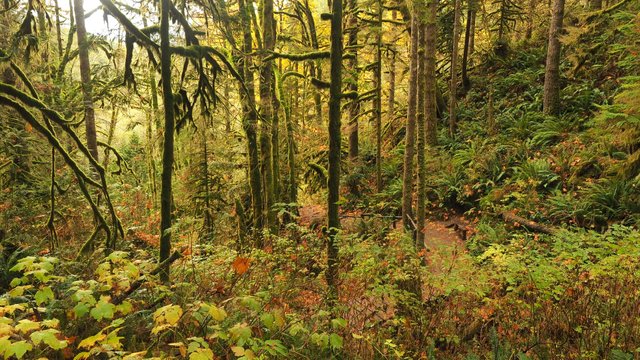
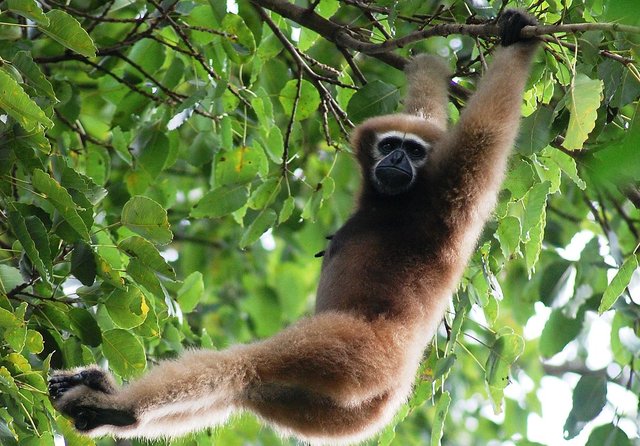
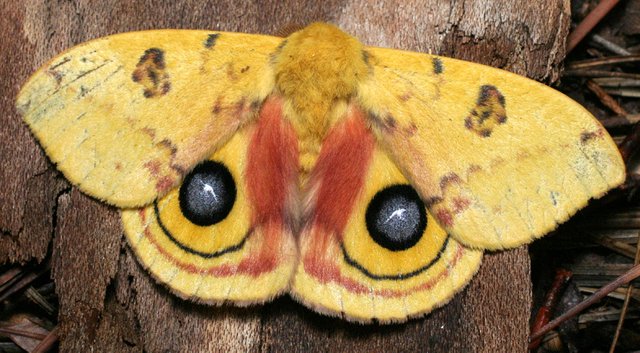
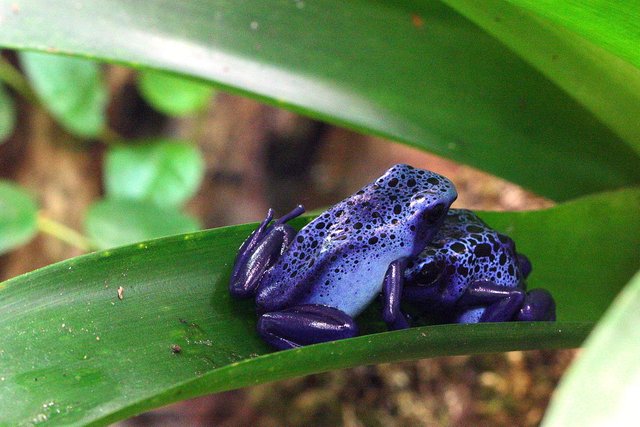
Congratulations @tulio77! You have completed some achievement on Steemit and have been rewarded with new badge(s) :
Click on any badge to view your Board of Honor.
For more information about SteemitBoard, click here
If you no longer want to receive notifications, reply to this comment with the word
STOPDo not miss the last announcement from @steemitboard!
I love forest.
Really?? 😃😃then I guess you love nature too!